I’m an Ohio native living in South Korea. I keep catching tourists making these same 7 mistakes.
6 min readI’m an Ohio native living in South Korea. I keep catching tourists making these same 7 mistakes.
2023-10-12T02:08:06Z
Copy Link
Save
Read in app
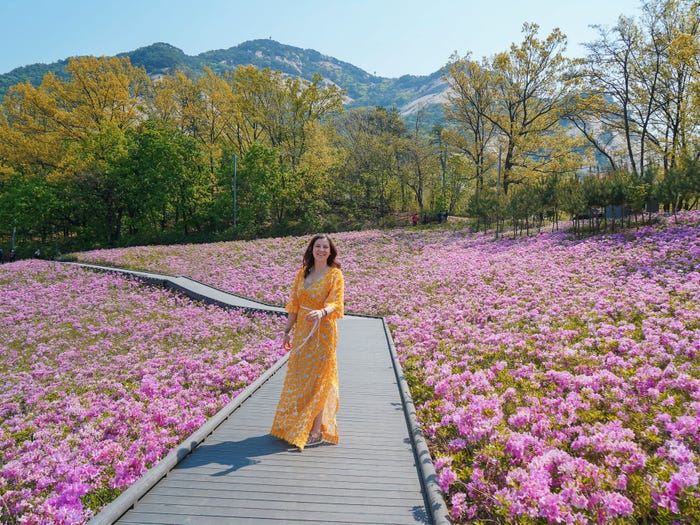
Courtesy of Hallie Bradley
- Hallie Bradley has been living in Seoul, South Korea, for 15 years.
- Bradley says she’s seen tourists refuse to remove their shoes and act obnoxiously on trains.
- She advises tourists to be aware of their surroundings and not be too picky in restaurants.
This as-told-to story is based on a conversation with Hallie Bradley, the 39-year-old founder of the travel site The Soul of Seoul. She shares what she’s learned after living in Seoul, South Korea since 2006. It’s been edited for length and clarity.
South Korea is home to more than 51.7 million people. It’s a popular travel destination in Asia — with 17.5 million tourists in 2019— and in recent years, its pop culture scene has taken the world by storm, from K-pop, to K-dramas, and even K-survival shows.
As of 2022, more than 150,000 Americans live in the country, and I’m one of them. I’m from Ohio, and moved to Seoul in the autumn of 2006. I ended up in Seoul as an English Sign Language teacher on a one-year contract with a private school. After my contract ended, I backpacked for a month and returned to South Korea. I eventually met my husband — who’s a South Korean — and have lived here ever since.
After living in South Korea for 17 years, I’ve noticed tourists making the same mistakes while traveling around the country. Here are seven of the most common mistakes travelers make whenever they visit.
1. Taking it personally when someone bumps into you in public.
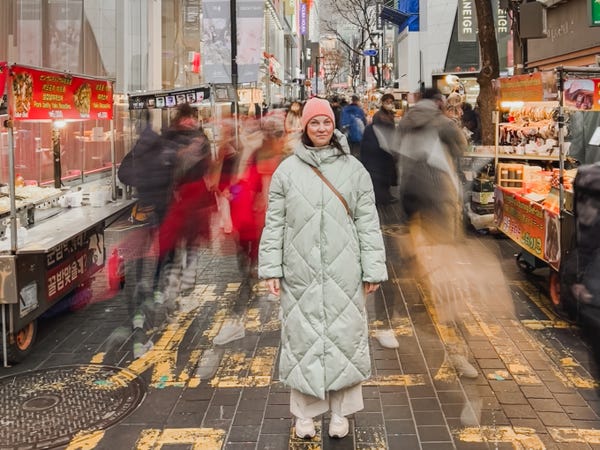
Courtesy of Hallie Bradley
Seoul, the capital of South Korea, is densely populated, with some 9.7 million people living there. It’s also filled with small alleyways and crowded streets, so personal space is a luxury when out and about in the city.
If you’re wandering around the big cities, you are likely to get bumped on the sidewalk, squashed on the subway, and generally feel like you have less space than you would in the US.
South Koreans are used to sharing public spaces with others, so they often don’t apologize if they bump into you. Refrain from taking it personally if someone doesn’t say sorry after they accidentally knock against you, especially if it’s in a busy part of town — they probably don’t have any ill intent.
2. Not taking your shoes off when entering certain restaurants.
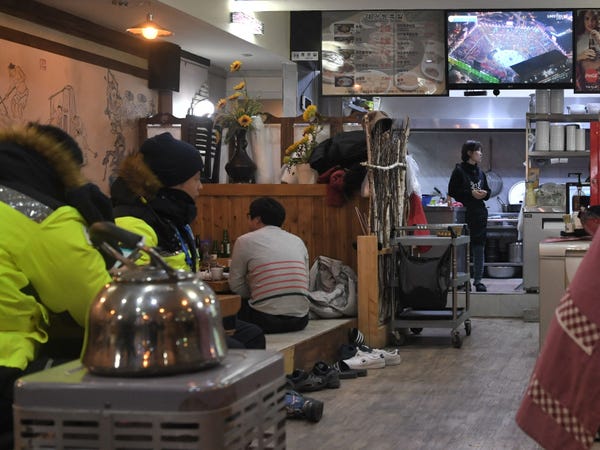
Ed Jones/AFP/Getty Images
Like in many parts of Asia, not taking your shoes off is considered taboo in South Korea. Many locals would also feel offended if tourists get upset about having to take their shoes off when entering an indoor space.
While not every restaurant requires you to remove your shoes, many, especially traditional restaurants, do. I’ve met tourists who didn’t want to take their footwear off before entering these restaurants, and I had to inform them that there was no way they’d be allowed to dine inside. At some restaurants like the one pictured above, diners are required to remove their shoes before sitting on the heated floor, where a low table is set.
Tourists need to be aware of their surroundings. If there’s a shoe shelf, make sure to take off your shoes. Additionally, since you’ll probably be taking your footwear off a lot, wear shoes you can slip on and off easily, like sandals. Finally, avoid wearing socks with holes because everyone will see them.
3. Engaging in public displays of affection.
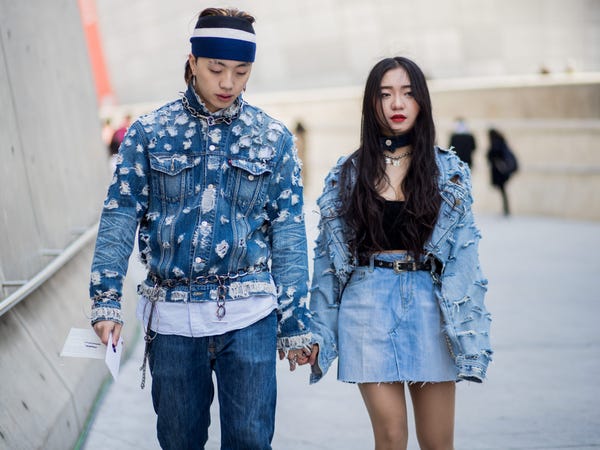
Christian Vierig/Getty Images
Public displays of affection aren’t common in South Korea, even in big cities like Seoul. I see people holding hands as they walk down the streets, but that’s usually as far as affection between couples goes.
Over the years, I’ve learned that South Koreans are often conservative regarding public displays of affection. I usually give my South Korean husband a quick peck on the lips when we greet each other. But when my husband and I were still dating, he told me that he felt uncomfortable, although he knows it’s just something we do in the US to show how much we love our partner.
If you’re a tourist, refrain from making out when you’re out and about. Even in nightlife areas like Hongdae or Sinchon, the farthest I would go is a kiss on the lips — it’s probably a good idea to avoid going any further.
4. Being loud and obnoxious on public transportation.
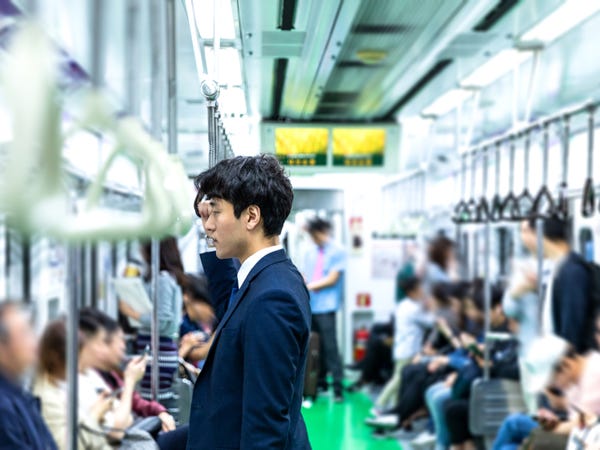
LeoPatrizi/Getty Images
South Koreans are often quiet when traveling on public transportation like buses and trains. Many prefer listening to music on their headphones instead of chatting with someone. It’s different from places in the West, where commuters often engage in conversations with other people or speak to friends and family on the phone.
In South Korea, being loud on public transportation is another sure-fire way to show everyone you’re a tourist. While most people won’t go out of the way to hush you, if you’re being outrageously loud, you’ll definitely get looks and murmurs from older women showing that they’re annoyed.
5. Not calling for the waiters when eating out.
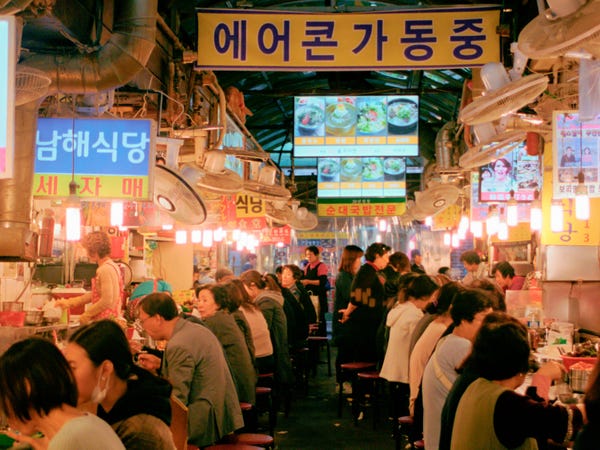
Education Images/Universal Images Group/Getty Images
Another one that tourists don’t do is yell for waiters to come over in a restaurant. In South Korea, waitstaff at restaurants don’t come and check on you incessantly, like they do in the US.
If you want attention, you’ll need to call “yogiyo!” — which means over here in Korean — to get their attention. If you just wait for them to come to your table, or try to make eye contact with them, you’ll never get served.
These days, there are a lot of areas with “self-service bars,” where customers can pick up their own water, side dishes, and cutlery. This means that you’ll have to do certain things yourself.
6. Getting offended when locals ask you personal questions.
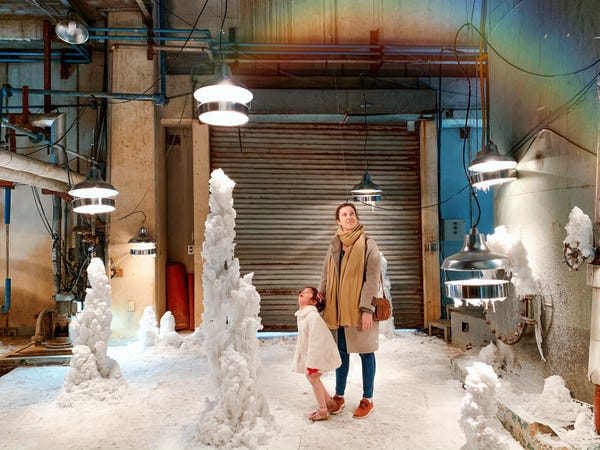
Courtesy of Hallie Bradley
South Koreans often ask questions that people in the West would consider personal. I’ve been casually asked if I’m religious or how much money I make, even by people I don’t know all too well.
I’ve found that many South Koreans ask personal questions about money and religion to see if they think you will get on well or have something to talk about. So if anyone gets too close or asks questions that you feel invade your privacy, remember that they’re probably not being rude, just curious, and maybe keen to start up a conversation.
7. Asking a chef to make modifications to their dish.
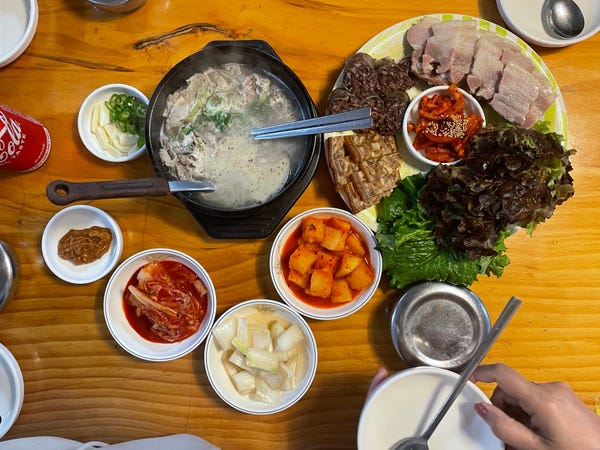
Marielle Descalsota/Insider
While it’s common in the US for customers to ask chefs to change ingredients if they have allergies or preferences, that’s not the case in South Korea.
One reason for this is that many traditional Korean dishes are prepared for a long time with specific ingredients. That means that you can’t just ask for a dish to have no meat if you’re a vegetarian — and that’s not because the chef is rude or stubborn — but it’s likely that they cooked the broth for many hours to make a hearty soup. So when you’re dining at restaurants, make sure you order something that fits your dietary needs.



